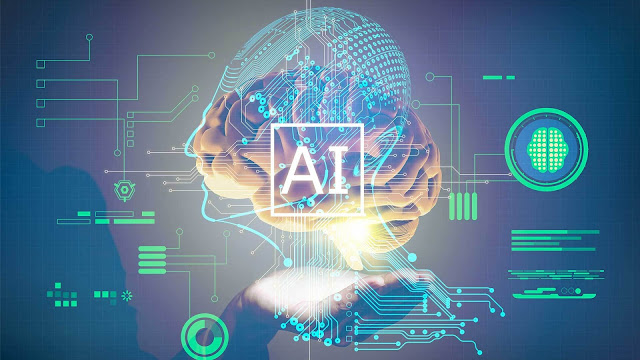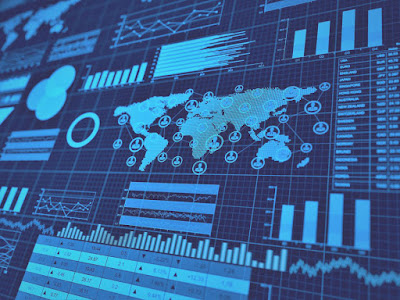 |
| Building a successful Mobile App for Business |
Welcome to another series on PsiberTech Solutions blog. In this series we will be discussing building an app for business. Be it retail, sales or inhouse app that’s going to increase your workforce’s efficiency these pointers will help navigating the mobile app journey.
The mobile app has taken over all the online interactions in the last 5 years. Customers want efficient and easy to use interface directly from their handheld devices instead of going to a desktop to complete a task or transaction. Even websites are made responsive so they can address the needs of mobile users. Including mobile in your service offering is definitely a good idea.
Every mobile app is a creation of idea and the challenge is to get that right. Before we talk about Ideation lets have an outline of what a mobile app creation process looks like.
- Discovery
- UX Design
- UI Design
- Development Handoff
- Technical Design Front End
- Technical Design Back End
- Integration and Testing
- Deployment
- Monitoring
- Improvement
The intention of the series is to not cover all these elements in detail ( I am sure there are enough materials out there that already speaks volume of these steps) , but to create useful pointers and identifying pitfall of Mobile App development. Now let’s talk about Ideation which is at the discovery step.
Ideation
Ideation is a process of generating ideas. When you are creating the mobile app for your business, it could be one for your customers or for your internal use. Some examples of mobile app idea could be:
1. You that you already have a problem to solve
2. New service to provide to your customer/employees
3. Automating or improving the existing service to your customers/employees
4. Improving efficiency of your workforce
In essence, the idea can be a solution that you provide for your end users. Hence, there are no good or bad solutions, there are just solutions. However, we need to validate whether this is THE solution that solves THE problem.
In development terminology, this is also referred as “Brainstorming”. Brainstorming can be done with your end user groups with or without tech company involved. However, including your tech partner can be a good idea for this phase. You can use either NUF (New/Useful/Feasible) test approach or design thinking approach to evaluate your ideas
Here is a checklist that will help you to evaluate your App idea when working with tech partner
1. Understand business goal: List out the ways the app is addresses the business goal set out by the organization.
2. Understand the technology: The tech partner should help you with all the technologies ( not just the code) considered in the app.
3. Understand the cost: Understand all the cost involved in developing and maintaining the app. Your Tech partner should be able to help you with this as well. The clearer the requirement the close the accurate the cost of the app.
4. Understand the rewards: : Quantify using measurable such as engagement, improve efficiency 30% etc.)?
5. Understand the risks: What are the best- and worst-case scenarios of the app idea? What are the potential obstacles or situations?
Building an app for your business is a big decision, why not take time to evaluate it well before proceeding to the next stage? If you are unsure of the process talk to tech partners like PsiberTech solution who can guide you through every stage of your app development process.






